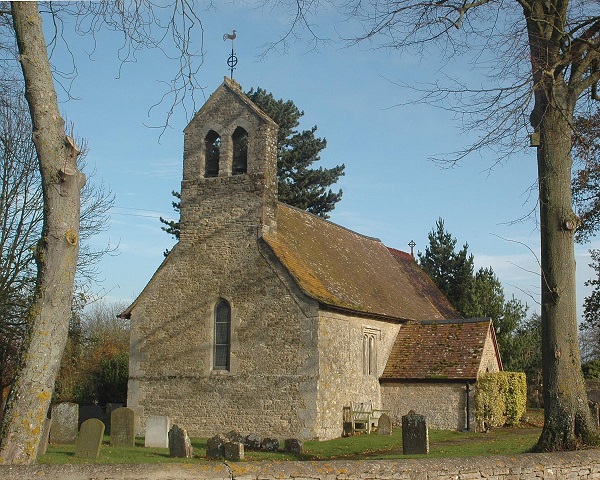
Robert Warland - Rector of Noke
The information below are extracts copied directly from: A History of the County of Oxford: Volume 6, by Mary D. Lobel (editor), published in 1959. Citation below the text.
There was a church at Noke at least by 1191, when a priest was first recorded.
It is possible that Noke was originally a chapel of Islip, for the parishes were closely connected. Westminster Abbey's land in Noke certainly formed part of Islip parish: it paid tithes to the Rector of Islip.
An early 13th-century parson of Noke, Walter Foliot, was styled rector and was affluent enough to be able to appeal to the Pope. On the other hand, John, who was instituted rector in 1247–8, was bound to reside in person like a vicar. It seems therefore that Noke was by this time an independent parish, although its church was called a chapel until the late 13th century.
In the 16th century the living of Noke was sometimes held with that of Oddington: Master Edmund Horde, who became a canon of Oseney in 1520, was Rector of Oddington, as was his successor, Master John Leicester, who had a curate at Noke, to whom he paid £2 13s. 4d., not enough for a full-time minister. At the episcopal visitations of about 1520 and 1530, apart from the usual complaints about dilapidated buildings, there were none of importance. The chancel, barn (horreum), and cemetery walls were in need of repair; although the inhabitants were supposed to contribute to the upkeep of the church, it was said that some failed to do so.
In the post-Reformation period Noke became a very poor living. The fact that the rector's house was taxed on only two hearths in 1665 is significant, and in 1707, the date of the earliest recorded valuation of the church, the value of the living was £42.
So poor a parish naturally did not attract able rectors, and its spiritual history is not inspiring. After the death in 1571 of John Daniel, who had also been Rector of Oddington, there was serious neglect. It was complained that the non-residence of his successor, Thomas Langley, was 'to the harm of the souls of his parishioners', and in 1574 the revenue of the parish was sequestrated and put into the hands of two parishioners.
Robert Warland, who became rector that year, was not a graduate and was only considered 'tollerable', yet he remained for 62 years. All that is known of his ministry is that he began the parish register, and that in 1584 he was several times summoned because his chancel was ruinous. He left at his death in 1636 an estate of over £171, but he was a married man with children and his neglect of the church fabric may have been due to his family obligations.
It is possible that Robert Warland is the father of two children born in Noke just after 1600: Josias Warland (1602 - ) and William Warland (1607 - ). See this page for more information.
Source: 'Parishes: Noke', A History of the County of Oxford: Volume 6 (1959), pp. 268-276. URL: http://www.british-history.ac.uk/report.aspx?compid=63746 Date accessed: 15 January 2011.
Page created 2011, last updated 31 March 2013. Copyright © 2021 Andrew Warland. (andrewwarland(at)gmail.com)